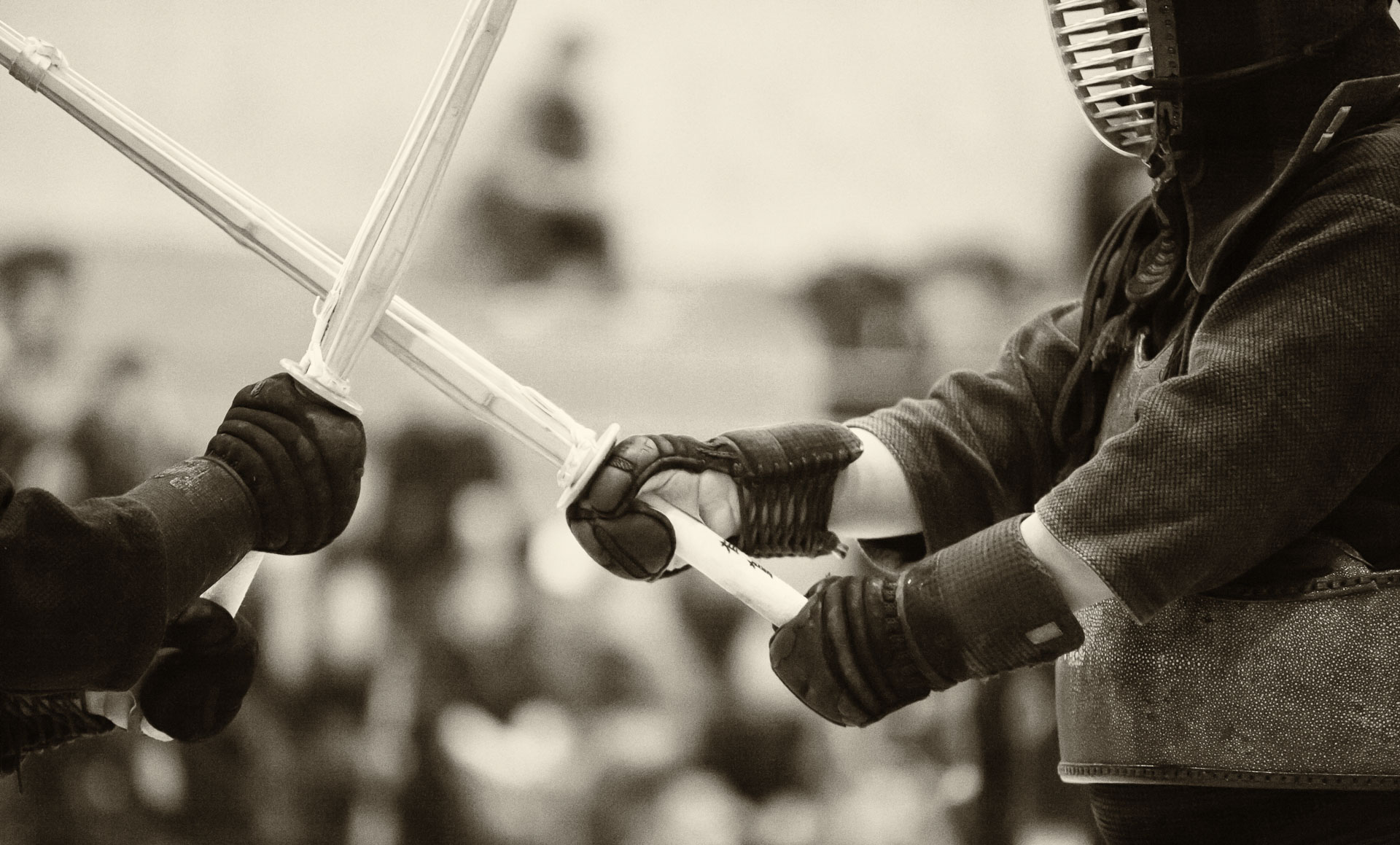
Last two days, I was shooting basketball games at our university.
Toronto Raptors, the only Canadian NBA team, had a training camp at our university last week. At the end, they had an inter-squad game and I had an opportunity to shoot photos of it.
The NBA training camp was a big event for our university’s athletics department and, arguably, for our entire town. The Raptors media unit had their procedures worked out in minute details, and they conveyed a message that we, as photographers, were privileged to have access to the players. I fully realize that this was, indeed, the case, considering that the tickets for the only publicly-accessible game were sold out in a matter of minutes. I came to the athletic centre an hour before the game, and the was already a line of lucky ticket holders stretching around the building.
The instructions for photographers were exceptionally detailed. They specified everything from the designated area beside the court (a square of approximately 1 m x 1 m marked by a tape on the floor) to how we were supposed to sit in it (cross-legged, with cameras on our bodies or behind us) to the periods during the game when we were allowed to leave the box.

I believe the hype leading to the event played a large role in creating a positive experience for the spectators and the local media people. The game itself was a bit disappointing, because it obviously lacked the competitive aspect. The pace was quite slow. Despite having almost no breaks, most of the players literally didn’t break a sweat by the end of the game. Of course, this is also due to their impressive physical condition. There were a couple of episodes, when some players showed the speed they were capable of by sprinting across the court. I missed some shots of these moments because I simply could not react fast enough to keep these guys in the frame. Only during these rare bursts of speed could I hear the rapid squeaking of the sneakers on the floor that is so characteristics of basketball matches.
Yesterday’s opening game of our university’s men’s basketball season was a complete opposite in terms of the energy of the players. It was fast and exciting. It was a real completion, which is what basketball is about after all.

Both the professional and the student games were fun to shoot, though. It was my first time shooting sports with a mirrorless Sony a7R II
instead of a Canon EOS-1DX
DSLR. I took the Sony with me on sabbatical trip, and I have gotten used to its higher resolution, larger dynamic range and advanced focus tracking features. Of course, the autofocus on the a7R II
is not as fast as it is on 1Dx and the faming rate is not as high. On the balance, though, I find that the Sony produced nicer images.
I shot compressed RAW files, which allowed practically the same level of flexibility in post-processing as RAW, but did not fill the buffer during continuous shooting nearly as fast.
Another useful setting that I learned from Armando, my associate, who has been shooting sports with a7R II
during entire last season, is the focus area – Lock-on AF: Flexible spot L. Combined with the continuous AF setting, it makes the camera focus on the object in the centre of the frame and then track it as long the shutter button remains half-pressed. It is just a joy to use for sports. An important note is that tracking features like this (and also eye detection, which is fantastic for portraits) work only with native Sony lenses. Using my Canon lenses on a Metabones adapter is a bit frustrating, because it feels like I am missing the best part of the mirrorless experience.
For these two basketball games, I shot mostly with my new Sony FE 24-70mm f/2.8 GM lens, which I used for the first time during my latest trip to Japan.

































